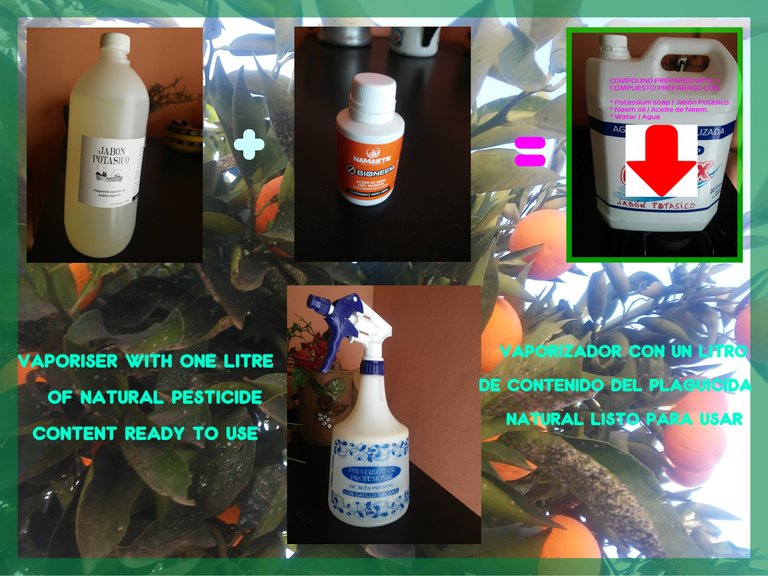
Hola estimados amigos #hivers de esta comunidad cervantina,
nada mejor que homenajear al gran Miguel de Cervantes creador del inigualable Don Quijote de la Mancha con su inefable escudero Sancho Panza, creando una Comunidad que trata de resaltar los valores del idioma español en el mundo, en este caso, a través de #HIVE.
Incluso he podido ver importantes curadores de esta comunidad con el nombre de figuras ilustres de nuestra hispanidad cultural como @velazquez, @goya, @fridakahlo y seguramente tantos otros que escapan a esta primera lectura que he hecho de proyectos que tratan de englobar y enaltecer nuestro acerbo cultural.
En realidad lo mío no pasa por la pasión juvenil por las criptomonedas que se ha desatado en gran parte de la juventud latinoamericana, víctimas de haber heredado en nuestros respectivos países una inflación y una depreciación en el valor adquisitivo de su moneda que, a pesar de décadas transcurridas, no parece destinada a disminuir.
Tampoco pasa por invertir o proteger mi dinero (que no tengo obviamente).
He llegado a lo que muchos llaman la tercera edad, aunque yo definiría la cuarta. La primera está reservada a nuestra infancia, la segunda a nuestra juventud y la tercera a nuestra madurez. Yo acabo de entrar en el cuarto recorrido, no sé si me explico...
Acabo de jubilarme y he comenzado a experimentar el ritmo más pausado de una vida que de a poco comienza a alejarse del ajetreo cotidiano que la ha caracterizado por muchos años. Y con ello el despertarse de viejos hobbys y pasatiempos imposibles de practicar con una vida laboral plena.
Y entre uno de esos pasatiempos está la jardinería y la huerta que colman gran parte de mi tiempo libre.
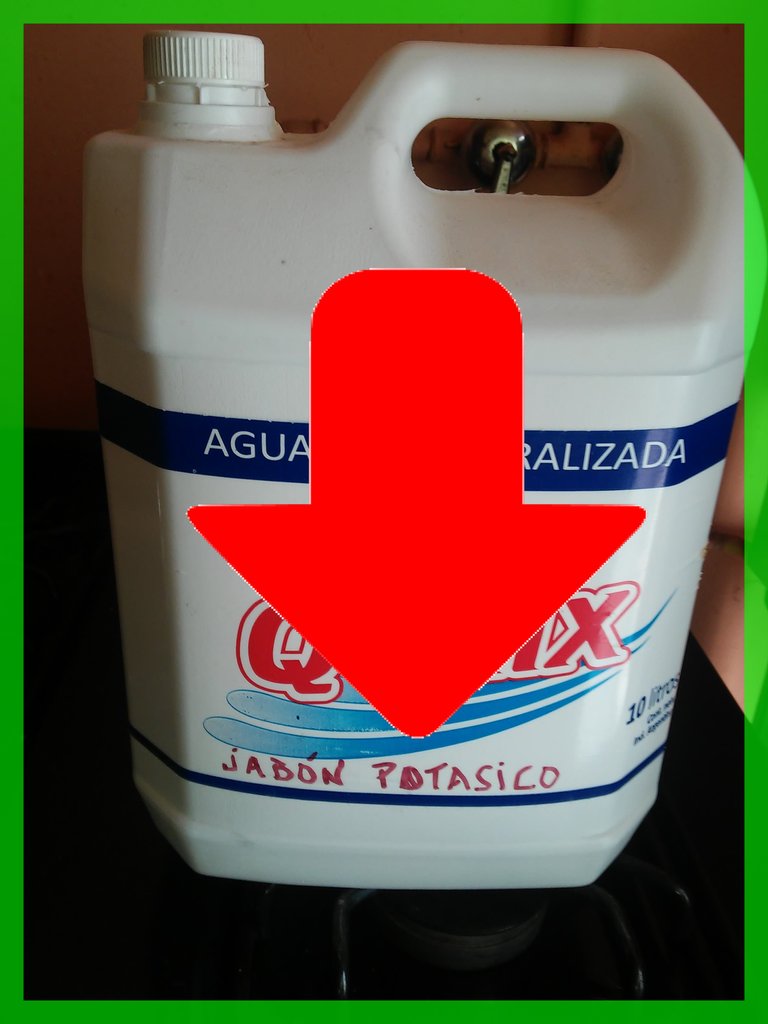
En efecto hasta ahora los pocos artículos que he publicado son (y creo que lo seguirán siendo en el futuro) sobre estos temas. Tal vez algo de literatura y alguna que otra pelicula, pero no mucho más.
Hay un par de comunidades en #HIVE en inglés en las cuales pienso que publicaré la mayor parte del material, pero queria también iniciar algún contacto con la comunidad hispana, ya que de ahí provienen mis orígenes.
Dejando atrás entonces esta introducción les digo que mis posts anteriores han sido relativos a los cuidados de los frutales en este periodo invernal y ya próximos a la primavera.
Hoy les quiero comentar como hago para preparar los productos que después uso para combatir las plagas que afectan, a veces gravemente, no solo los frutales, sino también la huerta y el jardín en general.
Un remedio casero, orgánico y natural.
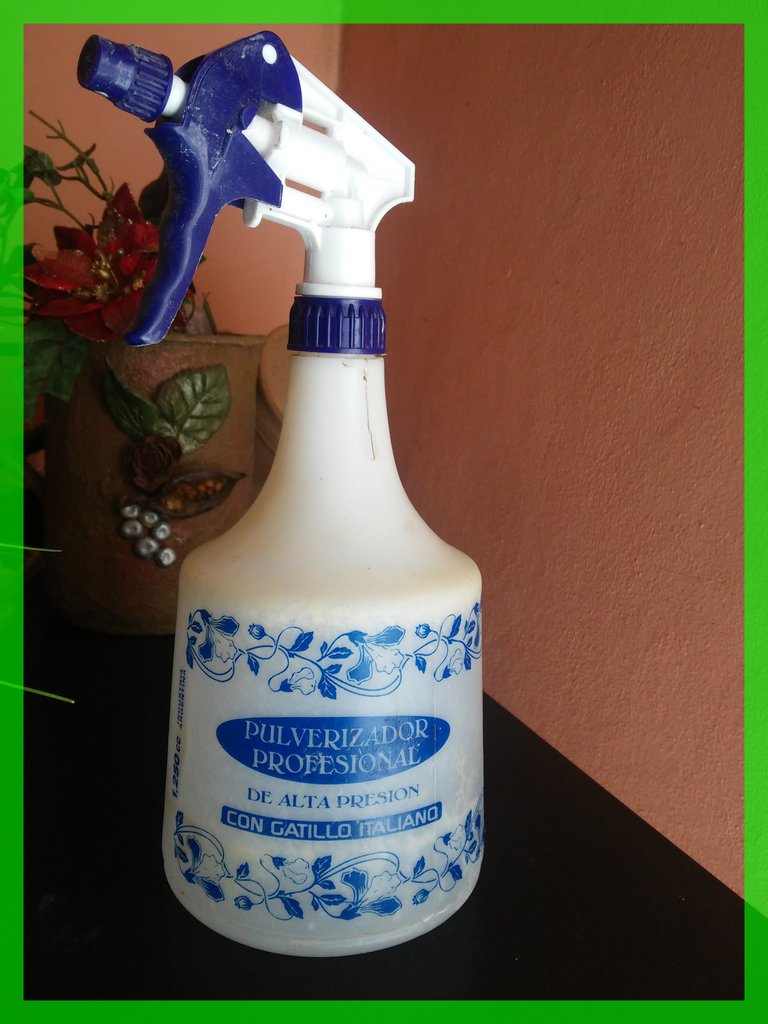
Hay dos remedios contra las diversas plagas que afectan especialmente a los frutales, especialmente la llamada "cochinilla blanca" de aspecto casi "algodonoso" que no solo "chupa" la savia de las hojas, sino que también atrae a las hormigas pequeñas -esas que se ven en proximidades de la humedad y que parecen no tener hormiguero.
De esa manera la planta se llena de dos plagas: cochinilla y hormigas.
Si buscan en Internet y en muchos videos van a ver innumerables productos. Sin embargo, hasta ahora, los más eficaces que he encontrado son dos: el tradicional sulfato de cobre mezclado con cal viva y agua que tienen un efecto más que nada preventivo. Y el jabón potásico mezclado con aceite de neem y agua que puede tener un efectivo preventivo o curativo, de acuerdo a la concentración del producto al diluirlo en el agua.
El jabón potásico se puede comprar en cualquier negocio especializado o se puede fabricar con el llamado hidróxido de potasio. En mi caso, como la cantidad de solución a preparar era relativamente pequeña, compre directamente una botella de 1 litro de jabón potásico ya listo para el uso.
En el patio de mi casa tengo tres frutales: dos naranjos y un mandarino. Haciendo los cálculos creo que preparando un bidón de 10 litros de producto tengo para toda la temporada, por este motivo no me detuve a comprar el hidróxido de potasio y preparar el jabón potásico líquido. Pero tal vez para el año próximo ya lo haga yo mismo.
Las proporciones son: 10 cc en un litro de agua para combatir la plaga y 5 cc fuera de temporada como sistema de prevención. Teniendo en cuenta que un litro de jabón potásico con 1000 cc tenemos para preparar 100 litros con una botella en el mejor de los casos, con una aplicación semanal con el rociador.
El aceite de neem es mejor aplicarlo con un gotero porque la dosis es muy pequeña: 3 cc por litro de preparado.
Recapitulando: un litro de jabón potásico preparado para fumigar lleva: 1 litro de agua (mejor decantada para eliminar la salinidad si proviene del agua potable) + 10 cc de jabón potásico concentrado + 3 cc de aceite de neem.
Como en mi caso prepare un bidón de 10 litros a todos estos componentes los multiplique por 10 y asunto terminado. Agitamos todo lo posible para que los componentes se mezclen, compramos un rociador o usamos uno cualquiera de esos que contienen productos detersivos (lo lavamos bien antes) y una vez por semana durante primavera y verano nos metemos al trabajo.
Hasta ahora he podado las plantas y he hecho un trabajo preventivo de mantención. Pero hasta el momento gozo de la tranquilidad de no ver ninguna hormiga ni cochinilla blanca.
Vamos a ver cuando comiencen a brotar las yemas. Estas plagas son golosas por las hojitas tiernas y perfumadas especialmente del naranjo.
A medida que transcurra la primavera y las hojas se llenen de flores y después frutos voy a ir monitoreando todo el proceso para ver como evoluciona.
¡Hasta entonces amigos #hivers!

Hello dear friends #hivers of this cervantine community,
nothing better than paying homage to the great Miguel de Cervantes creator of the incomparable Don Quixote de la Mancha with his ineffable squire Sancho Panza, creating a Community that tries to highlight the values of the Spanish language in the world, in this case, through #HIVE.
I have even been able to see important curators of this community with the name of illustrious figures of our cultural hispanidad as @velazquez, @goya, @fridakahlo and surely many others that escape this first reading that I have made of projects that try to encompass and enhance our cultural heritage.
In reality, mine is not even about the youthful passion for cryptocurrencies that has been unleashed in a large part of Latin American youth, victims of having inherited in our respective countries an inflation and a depreciation in the purchasing value of their currency that, despite the decades that have passed, does not seem destined to diminish.
Nor does it happen to invest or protect my money (which I obviously do not have).
I have reached what many call the third age, although I would define the fourth. The first is reserved for our childhood, the second for our youth and the third for our maturity. I have just entered the fourth stage, I don't know if I am making myself clear....
I have just retired and have begun to experience the slower pace of a life that is slowly beginning to move away from the daily hustle and bustle that has characterized it for many years. And with it the awakening of old hobbies and pastimes impossible to practice with a full working life.
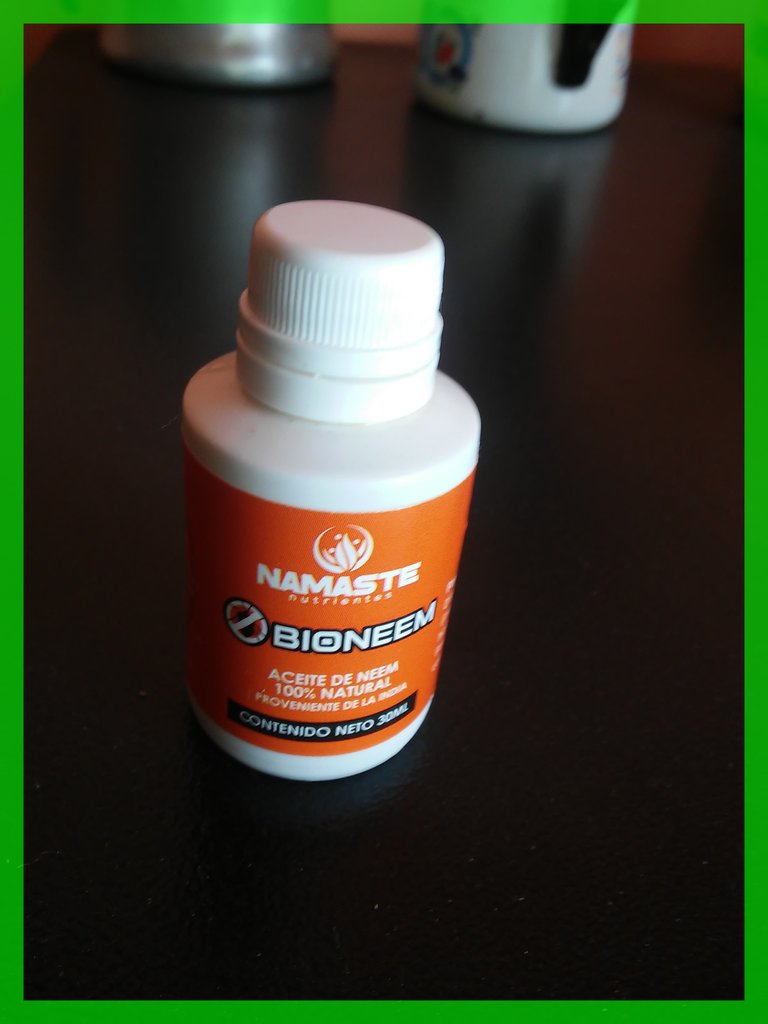
And among those hobbies is gardening and vegetable gardening, which fill a large part of my free time.
In fact so far the few articles I have published are (and I think they will continue to be in the future) on these subjects. Maybe some literature and the occasional movie, but not much more.
There are a couple of communities in #HIVE in English in which I think I will publish most of the material, but I also wanted to initiate some contact with the Hispanic community, since that's where my origins come from.
Leaving this introduction behind, I would like to tell you that my previous posts have been related to the care of fruit trees in this winter period and already close to spring.
Today I want to tell you how I prepare the products that I use to combat the pests that affect, sometimes seriously, not only the fruit trees, but also the orchard and the garden in general.
A home remedy, organic and natural.
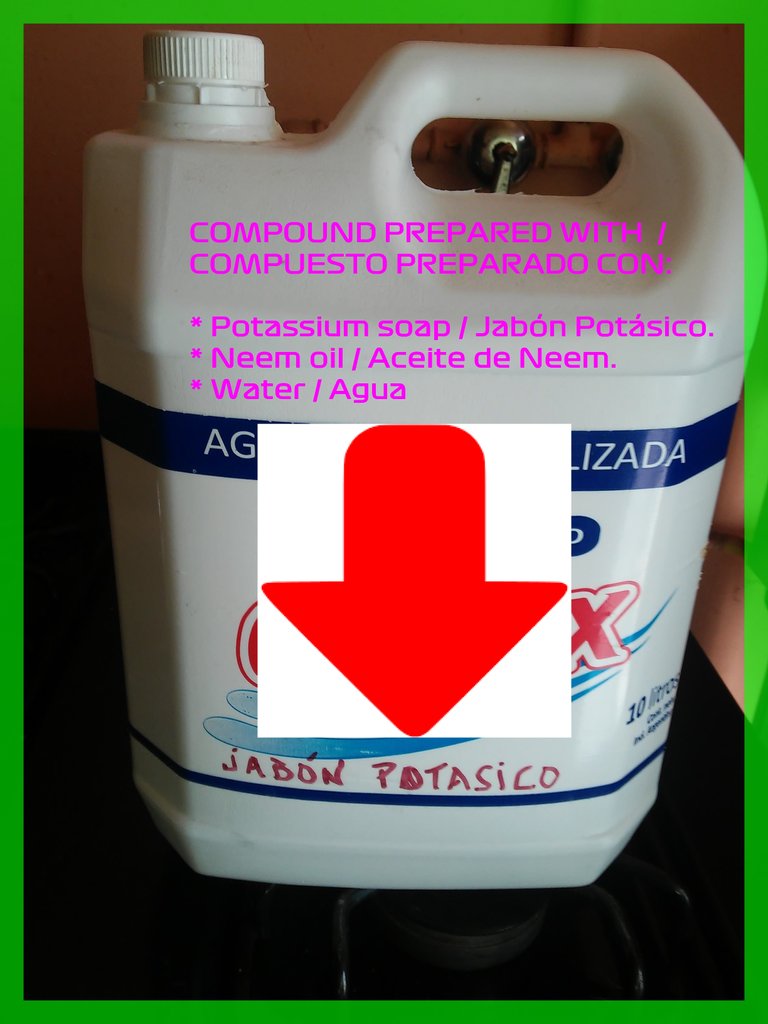
There are two remedies against the various pests that especially affect fruit trees, especially the so-called "white mealybug" of almost "cottony" appearance that not only "sucks" the sap from the leaves, but also attracts small ants - those that are seen in the vicinity of moisture and that seem to have no anthill.
That way the plant is filled with two pests: mealybug and ants.
If you look on the Internet and in many videos you will see innumerable products. However, so far, the most effective I have found are two: the traditional copper sulfate mixed with quicklime and water, which have a mostly preventive effect. And potassium soap mixed with neem oil and water can have a preventive or curative effect, depending on the concentration of the product when diluted in water.
Potassium soap can be purchased in any specialized store or it can be manufactured with the so-called potassium hydroxide. In my case, as the amount of solution to be prepared was relatively small, I directly bought a 1 liter bottle of potassium soap ready for use.
I have three fruit trees in my backyard: two orange trees and a tangerine tree. I think that by preparing a 10-liter can of product I have enough for the whole season, so I did not stop to buy the potassium hydroxide and prepare the liquid potassium soap. But maybe next year I will do it myself.
The proportions are: 10 cc in a liter of water to combat the pest and 5 cc out of season as a prevention system. Considering that a liter of potassium soap with 1000 cc we have to prepare 100 liters with a bottle in the best case, with a weekly application with the sprayer.
Neem oil is best applied with a dropper because the dose is very small: 3 cc per liter of preparation.
To recapitulate: a liter of potassium soap prepared for spraying takes: 1 liter of water (better decanted to eliminate salinity if it comes from drinking water) + 10 cc of concentrated potassium soap + 3 cc of neem oil.
As in my case I prepared a 10 liter drum, I multiplied all these components by 10 and that was it. We shake as much as possible so that the components are mixed, we buy a sprayer or we use one of those that contain detersive products (we wash it well before) and once a week during spring and summer we get to work.
So far I have pruned the plants and done preventive maintenance work. But so far I enjoy the peace of mind of not seeing any ants or white mealybugs.
Let's see when the buds start to sprout. These pests are greedy for the tender and perfumed leaves, especially of the orange tree.
As spring progresses and the leaves fill with flowers and then fruit I will be monitoring the whole process to see how it evolves.
Until then friends #hivers!
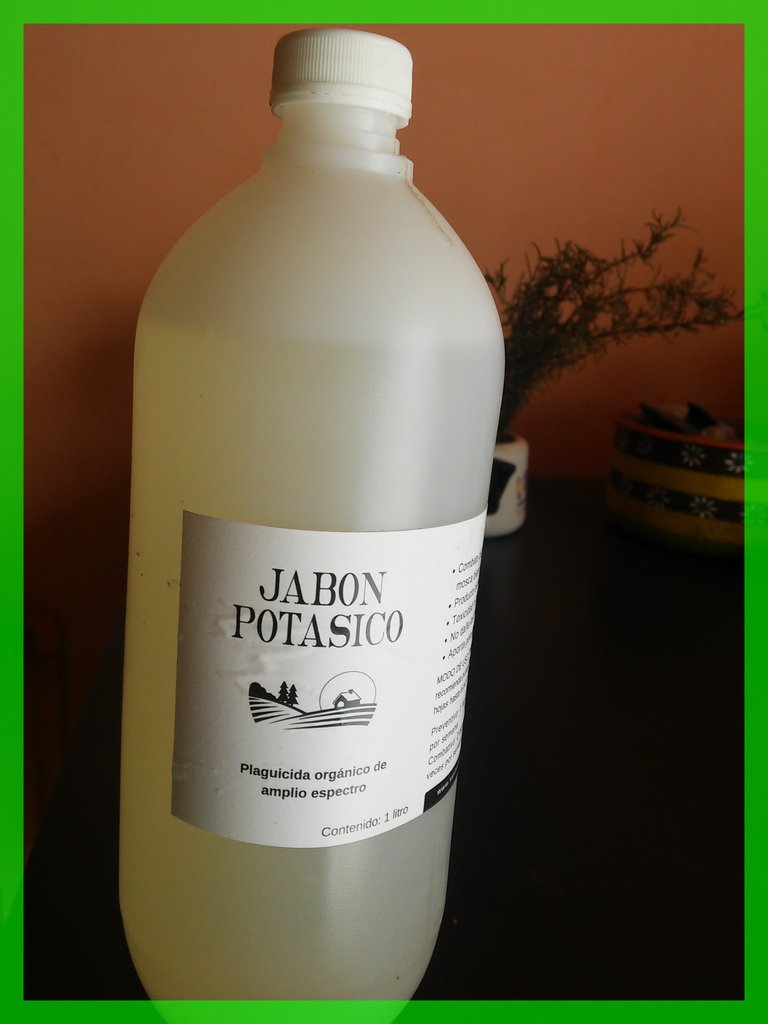
Translated with www.DeepL.com/Translator (free version)


